
For this activity, students work with a partner to roll a die and identify five frames that have the same amount.
- Subject:
- Mathematics
- Material Type:
- Activity/Lab
- Provider:
- K-5 Math Teaching Resources
- Date Added:
- 03/20/2017

For this activity, students work with a partner to roll a die and identify five frames that have the same amount.

For this activity, students work with a partner to take turns holding up a numeral card and building five frames.

In this interactive resource, students can select one of three counting games (counting, matching, & ordering) to reinforce their understanding of numbers 1 to 10.

In this lesson, students are given small ziplock bags of 1-20 counting objects. Students count and record the number of objects in the bag and write the amount on a sticky note.
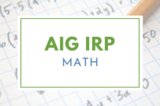
In this activity, the teacher places a certain number of Unifix cubes (3 different colors) in a brown bag or small gift bag. The students pour out the Unifix cubes and then they will place the cubes on a mat, sort them by color, and then write a math story to reflect their grab. This lesson was developed by NCDPI as part of the Academically and/or Intellectually Gifted Instructional Resources Project. This lesson plan has been vetted at the state level for standards alignment, AIG focus, and content accuracy.

Students move cows into corrals by counting, adding, and subtracting in this interactive. Use the drop down menu to determine if students count by 5's, 10's, add or subtract.
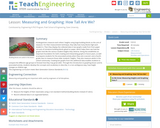
Kindergartners measure each other's height using large building blocks, then visit a 2nd and a 4th grade class to measure those students. They can also measure adults in the school community. Results are displayed in age-appropriate bar graphs (paper cut-outs of miniature building blocks glued on paper to form a bar graph) comparing the different age groups. The activities that comprise this lesson help students develop the concepts and vocabulary to describe, in a non-ambiguous way, how height changes as children get older. The introduction to graphing provides an important foundation for both creating and interpreting graphs in future years.
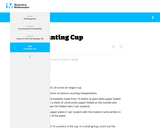
Counting mat activity to support practice of object counting and linking quantity to numeral
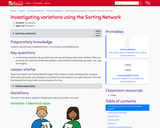
Show the students the Sorting Network again (if the network needs redrawing then students often enjoy doing this, and drawing it accurately from the diagram is a useful exercise). Tell them that they will be trying it with some variations this time.
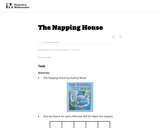
This is a task from the Illustrative Mathematics website that is one part of a complete illustration of the standard to which it is aligned. Each task has at least one solution and some commentary that addresses important asects of the task and its potential use. Here are the first few lines of the commentary for this task: Materials The Napping House by Audrey Wood One ten-frame for each child (see PDF for black line master) 6-10 counters per child Actions The teacher rea...

Read the book “Chicka, Chicka, Boom Boom” to your students. Discuss the letters that are in the book. Then have students work in pairs or groups to create a coconut tree that can hold as many alphabet magnets as possible. When finished students will count how many letters their tree could hold. They will also name as many letters as they can from their tree.
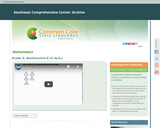
The Common Core State Standards (CCSS) videos are designed to support states, schools, and teachers in the implementation of selected math standards. Each video is an audiovisual resource that focuses on one or more specific standards through examples and illustrations geared to enhancing understanding. The intent of each content-focused video is to clarify the meaning of the individual standard rather than to be a guide on how to teach each standard, although the examples can be adapted for instructional use.

In this video lesson demonstration, a teacher uses dot plates as a strategy to assist children to subitize and name familiar arrangements of 1-5 dots. Children compare quantities and express a given number in two parts using fingers and dots. The teacher reflects on the lesson and provides strategies for teaching these concepts.

This parent guide supports parents in helping their child at home with the Kindergarten Math content.Within the folder you will access Parent Guide PDFs in FIVE Languages: Arabic, English, Hindi, Spanish, and Vietnamese to help on-going communication with caregivers.

This resource accompanies our Rethink Kindergarten Math Counting & Cardinality unit. It includes ideas for use, ways to support exceptional children, ways to extend learning, digital resources and tools, tips for supporting English Language Learners and students with visual and hearing impairments. There are also ideas for offline learning.
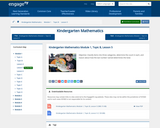
In this lesson, students classify items into three categories, determine the count in each, and reason about how the last number named determines the total.
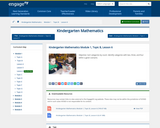
In this lesson, students sort categories by count. Identify categories with two, three, and four within a given scenario.
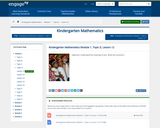
In this lesson, students understand the meaning of zero.and write the numeral 0.
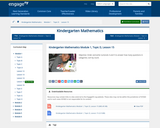
In this lesson, students order and write numerals 4 and 5 to answer how many questions in categories; sort by count.
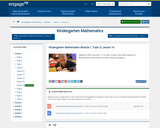
In this lesson, students write numerals 1–5 in order. Answer and make drawings of decompositions with totals of 4 and 5 without equations.